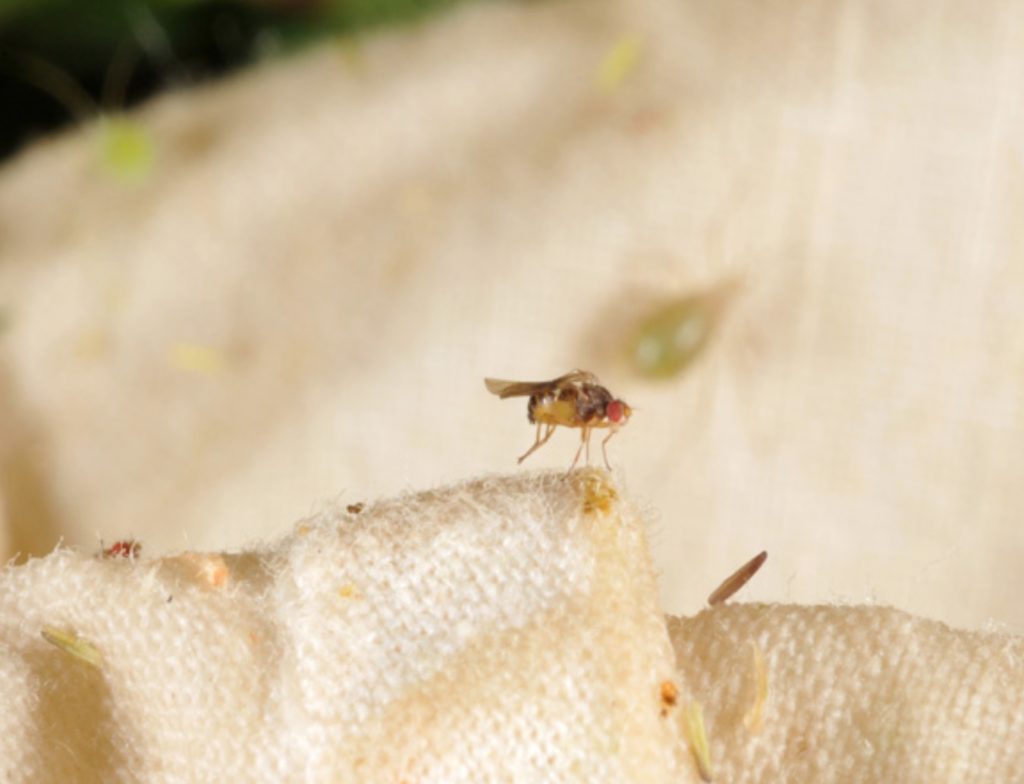
I’ve been eavesdropping on a few houseplant Facebook pages to find out what’s going on. Enthusiastic describes the people who post on these pages. They have their own lingo, such as “prop” and “FLF.” They call themselves plant parents and refer to their plants as babies.
And I guess like most new parents, they worry about their babies. A lot.
One of the most common worries among these plant parents is fungus gnats. Post after post expresses angst, anger and annoyance, as these buggers pester the parents.
Welcome to parenthood.
Getting back to gnats
Thankfully, while you can’t calm a child who has been stopped from sticking his finger in an electrical outlet, you can calm your plants beset with fungus gnats.
Almost always, fungus gnats occur when plants are over watered, said Lisa Eldred Steinkopf, the author of four books about houseplants, including her most recent Houseplant Party: Fun Projects & Growing Tips for Epic Indoor Plants.
“They aren’t a problem for me. With 1,000 plants, you can’t ever seem to water enough,” she said. Her tips when gnats appear:
- Quit watering.
- Throw out the schedule for watering. “You can check the plants on schedule, but water only as needed. Cloudy days, when there’s no sun, the plants are photosynthesizing,” so, their needs are less, she said.
Life cycle
Whenever treating for insects, it’s good to know their life cycle. For fungus gnats, the adults lay strings of eggs – up to 150 – atop soft, moist soil. After four to six days, the eggs hatch and larvae burrow into the soil to feed on plants’ roots for up to two weeks. The larvae pupate for about week, then emerge as adults and start the cycle over again. The adults live about a week, so they have to be efficient.
The larva feeding on roots is what does the most damage. Disrupting the egg-laying and the larval stage is the way to control fungus gnats. That’s where allowing the soil to dry out helps.
Fungus gnats live in the top 2 inches of soil, so Lisa suggests replacing that if there’s a really bad infestation.
Of course, there are insecticides that can be used – systemics, soil drenches, Bacillus thuringiensis. The product should be labeled for treatment of fungus gnats. Always read and follow the label directions. Epic Gardening has more tips and suggestions.
Fungus gnats also can be found in greenhouses and on outdoor plants. The name comes from the gnats ability to carry fungus from plant to plant.
Parental advice
Insect and disease on houseplants can quickly become a terrible threat, spreading among your collection, especially in a confined space. And fungus gnats can be a serious problem for plants, so it’s good to pay attention.
However, think about treatment and your babies. When you see a problem, monitor it for a day or so to make sure you know what it is. Let the soil dry out and slow down on the watering. Capturing adult gnats on yellow sticky cards is helpful, and gives you an idea how bad the problem is.
If the problem continues, the next step would be to replace the top 2 inches of soil with fresh. The last step would be using an insecticide, according to label direction.
When you have an infested plant, move it away from others until the problem is under control.